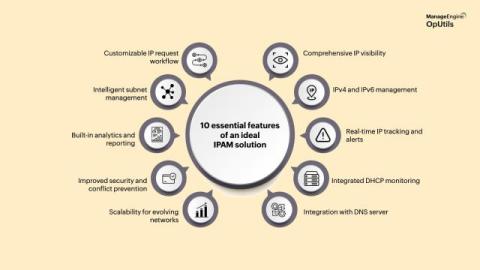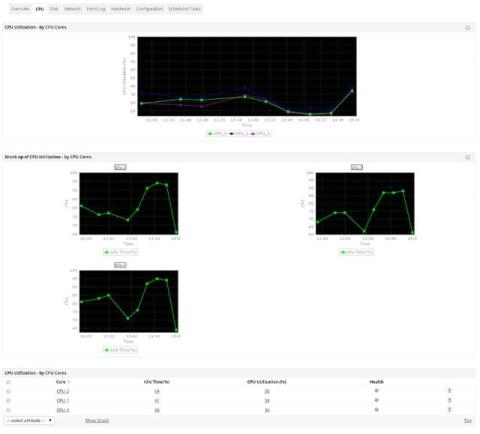10 must-have IPAM features that ensure seamless network operations
Let’s start with the basics: What is IPAM? IP address management (IPAM) refers to the process of monitoring, organizing, and optimizing the allocation of IP addresses within a network. Proper IP management prevents issues like address conflicts or duplication, ensuring optimal utilization of this essential networking resource. Modern IPAM solutions go far beyond traditional methods, providing features such as real-time IP tracking, automated allocation, and detailed usage analytics.











